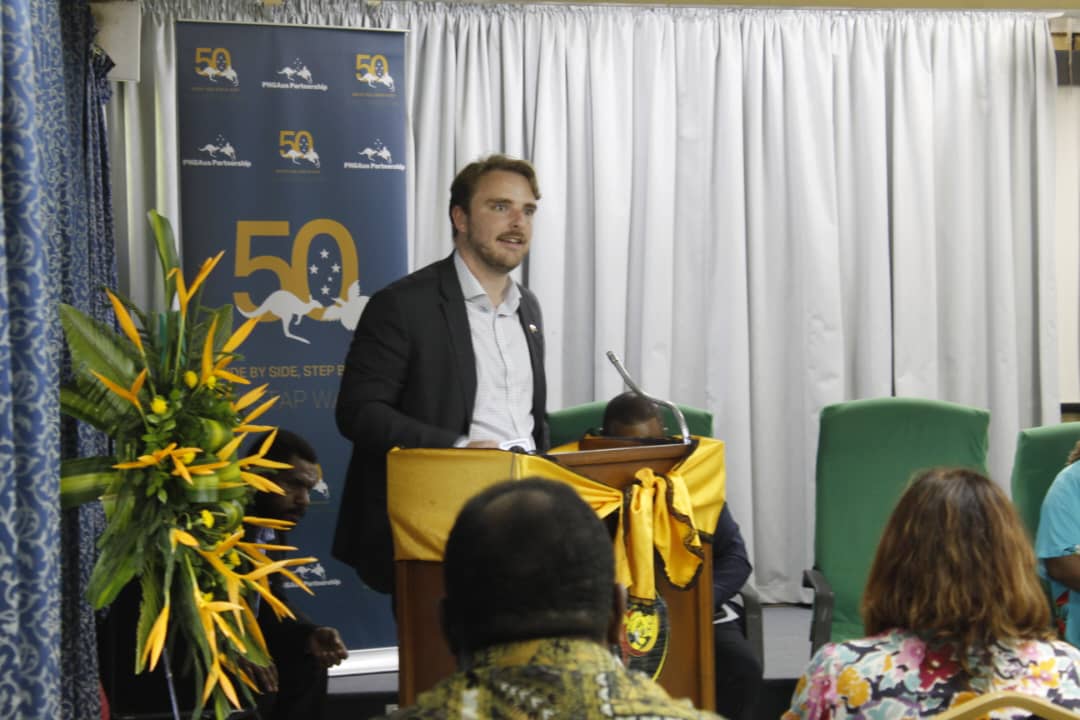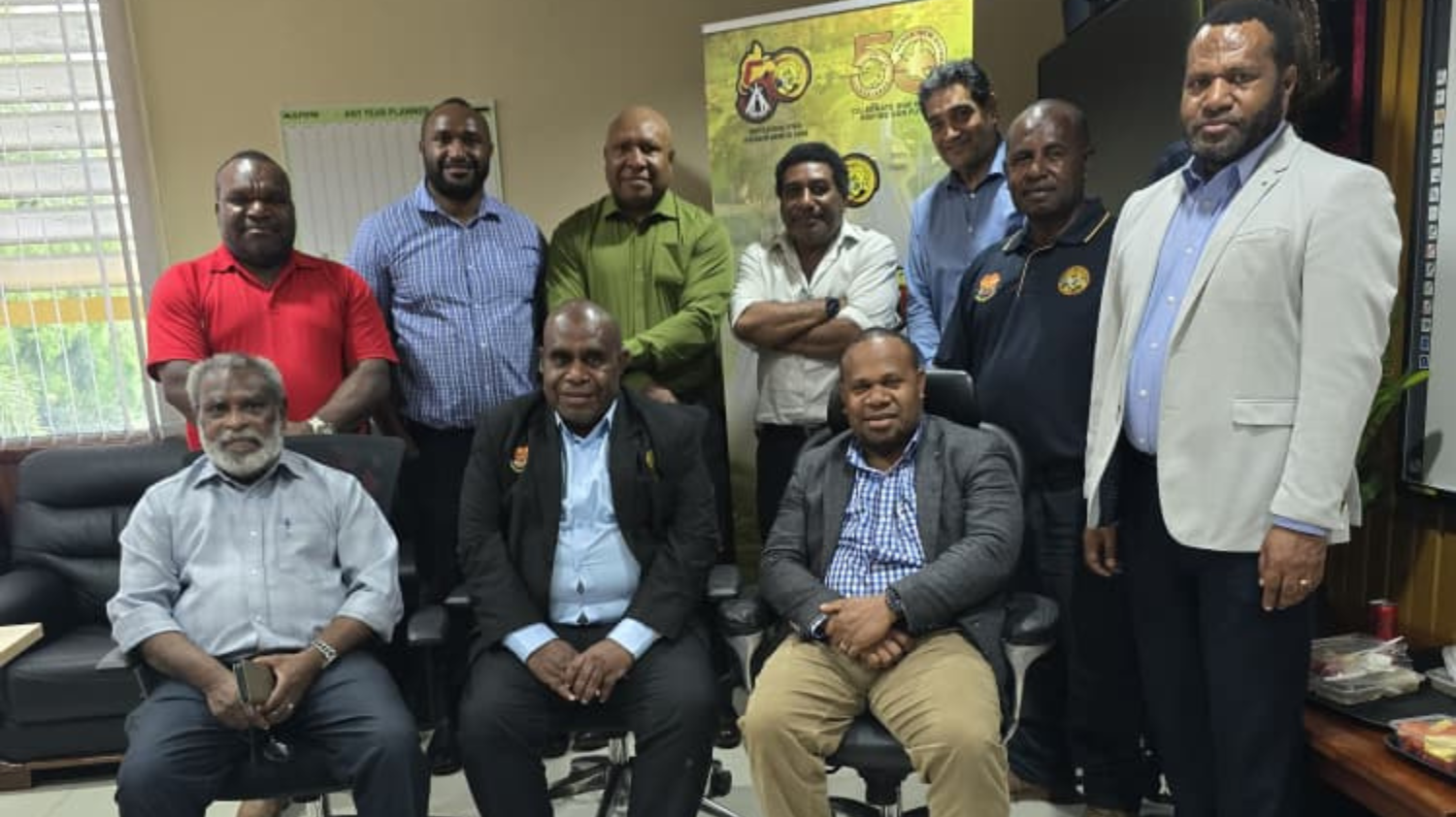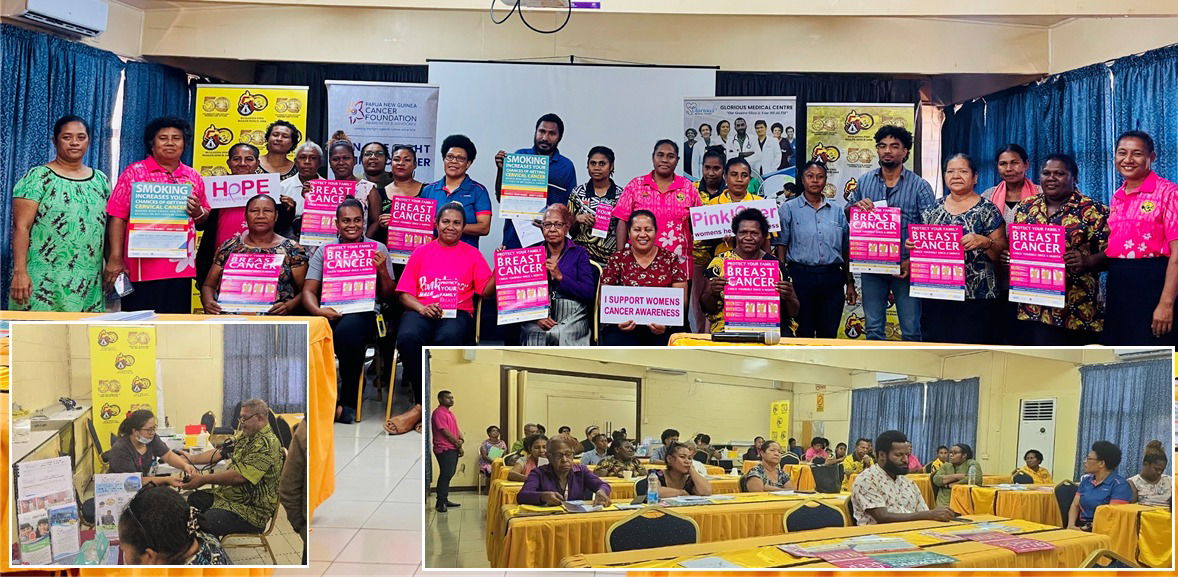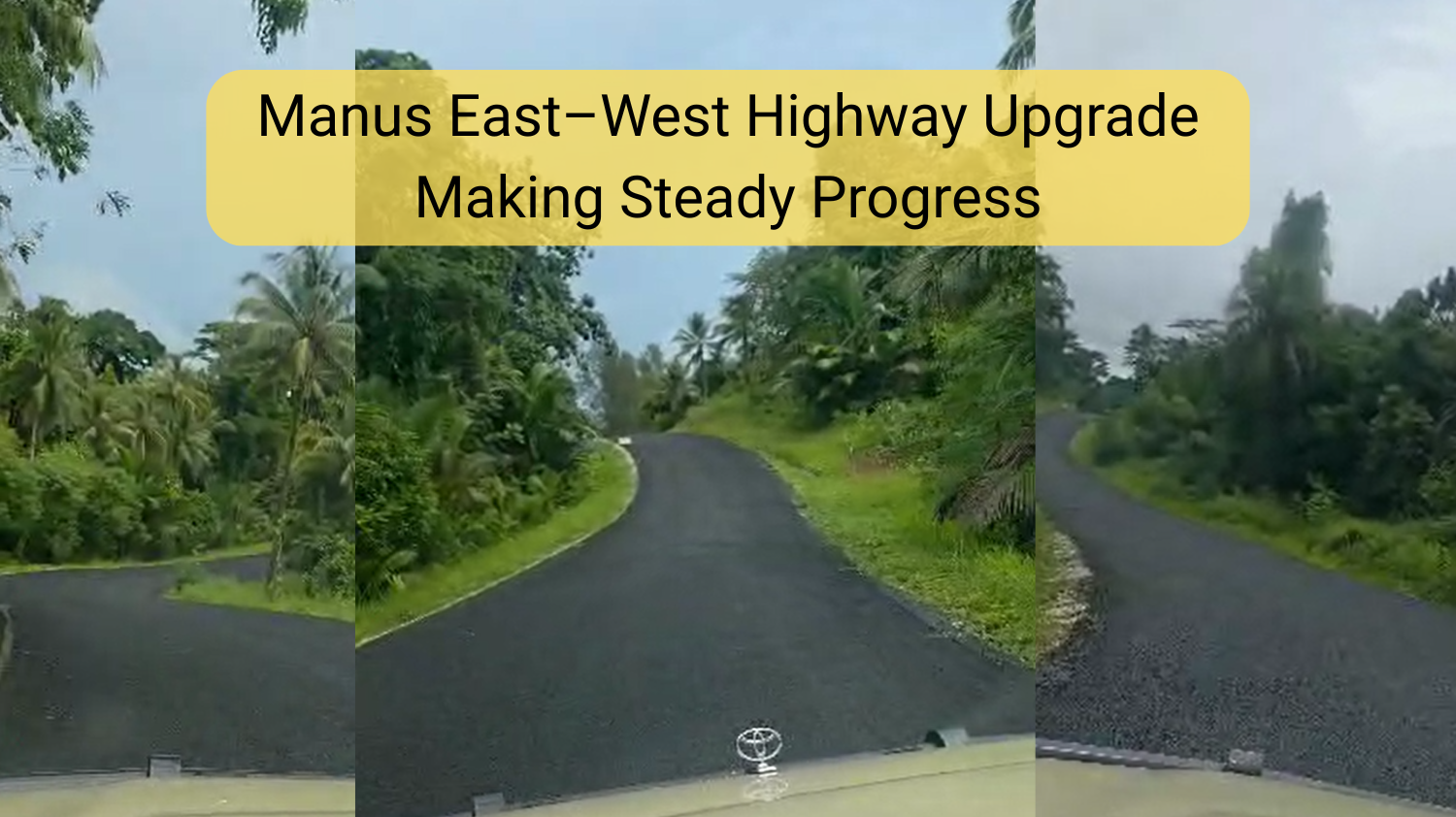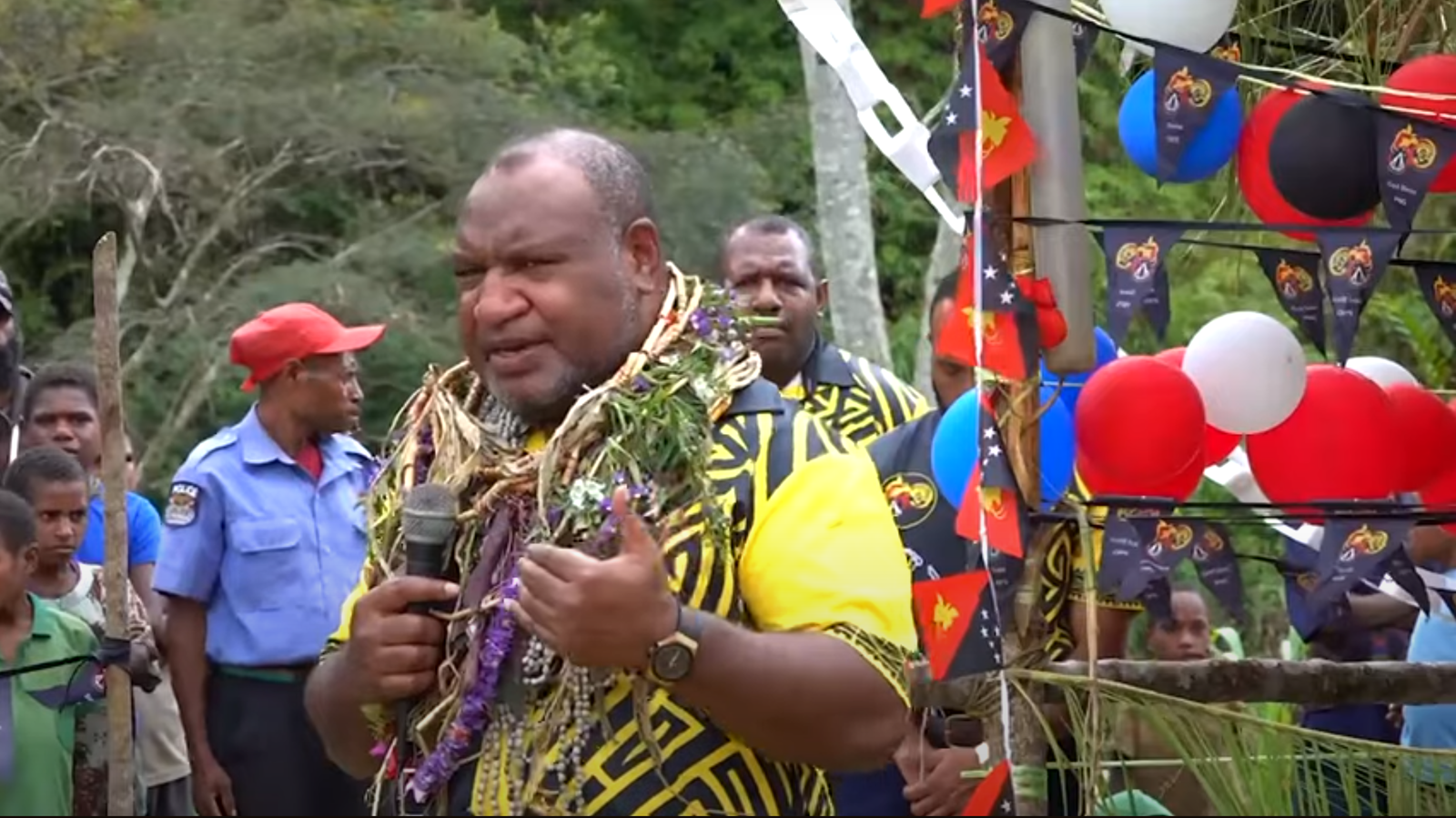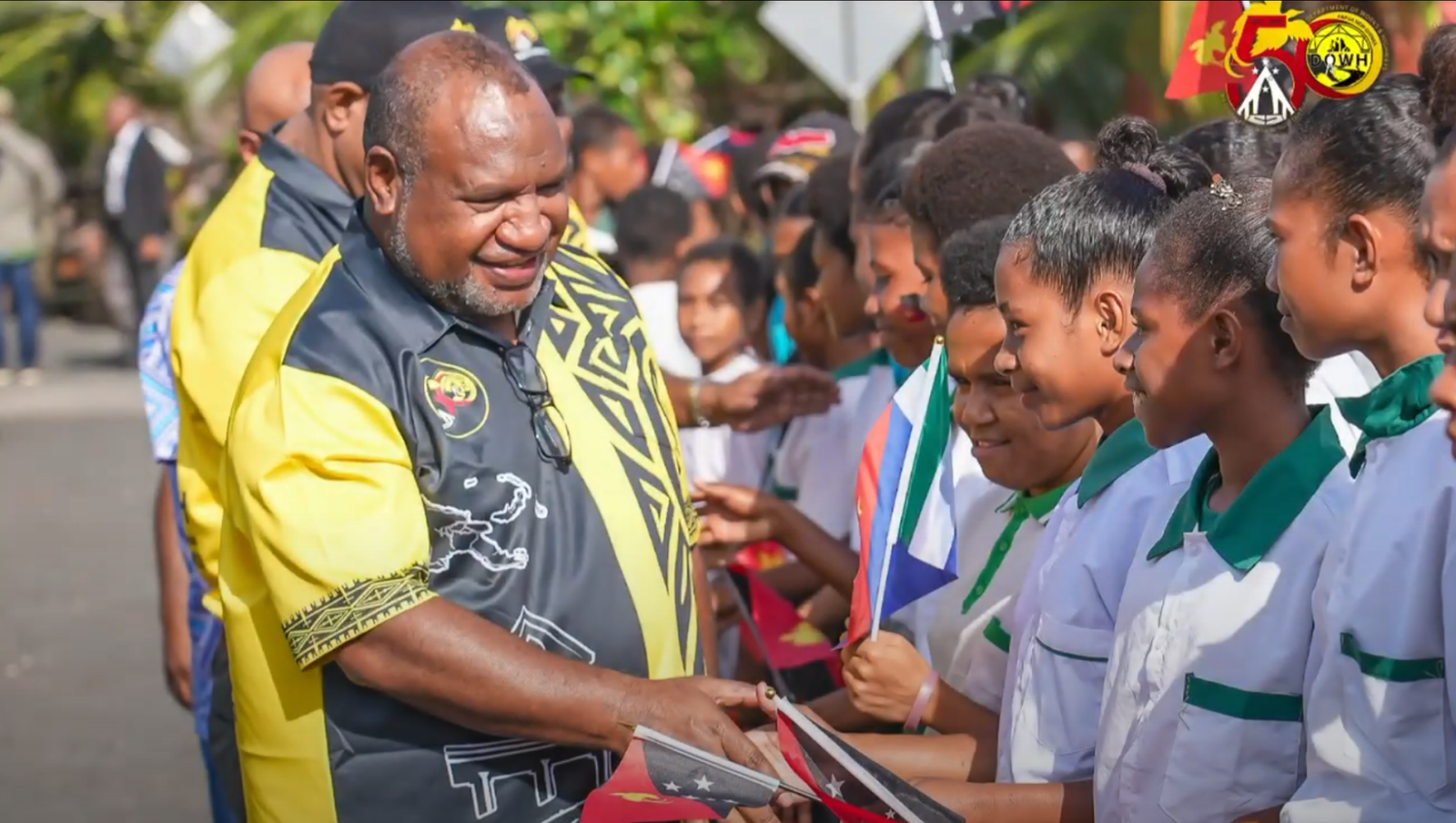CLIMATE CHANGE RISK AND VULNERABILITY FRAMEWORK LAUNCHED
- by Content Writer
- 31st May 2025
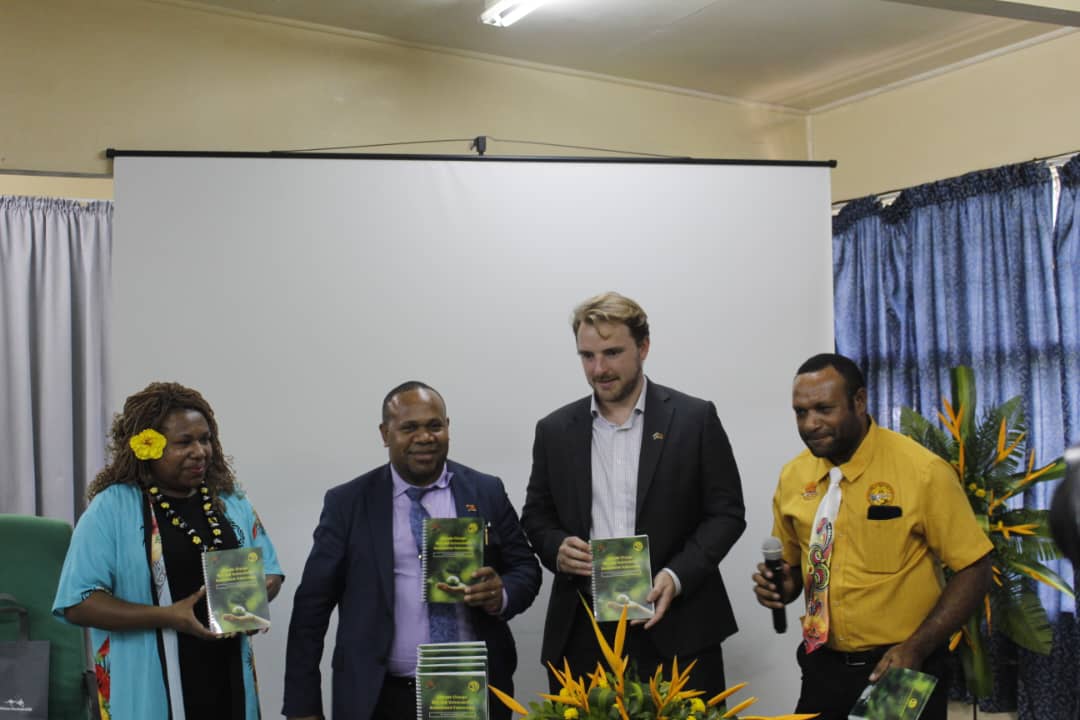
From left to Right (holding the CCRVF booklet, CCAD a/MD Ms Debra Sungi, Secretary Gibson Holemba, AHC Counsellor Ed Little and (AS) Environment and Social Safeguard Mr. Kenneth Yamu)
MEDIA RELEASE
Date: 30th May 2025
Distinguished Guest, Development partners, colleagues, and participants.
Our facilitators from Transport Sector Support Program, Australian High Commission (AHC) Counsellor Transport and Social Infrastructure Ed Little, Climate Change and Development Authority (CCDA) a/Managing Director Ms Debra Sungi.
As we launch today the climate change risk and vulnerability framework to support the climate change policy the Department of Works & Highways have started work after the 2007 Cyclone Guba in Oro Province.
The aftermath destruction saw the Australian Transport Sector Support Program (TSSP) and Department of Works & Highways constructed and supervised the key bridge construction of Girua, Ambogo and Kumusi Bridges with the new bridge specification that is climate resilient.
Department has championed the implementation of climate best practice on our roads and bridge infrastructure in our road network systems. The climate change and action policy was launched and now we are here to launch these framework.
The department is so thankful for all the support received by the development partners. We are so grateful for the partnership with the climate change and development authority in their commitment to support the department.
Climate change and development authority collaboration is vital as the coordinating agency to secure financial support from external financiers like the Global Green Climate Fund. DoWH is already ahead piloting some of the climate resilient construction design standards into our road construction and bridge specification.
Therefore, the CCDA as the coordinating agency when you bring your development partners or financiers please bring them our way because we are already on foot implementing climate resilient programs in infrastructure development.
The Transport Sector Support Program is already investing in the right place with the department of works & highways to improve our design standards. We have developed the earthquake engineering and design for bridges, the lime pavement stabilization and others. The climate change risk vulnerability design standards we have also incorporated into our maintenance’s specification program as well.
DoWH is well ahead with the support of the Australian Aid through the TSSP. One of the things the department need to do is to develop the hazard map assessment with the support of the department of Mineral and Geohazards with coordination from the CCDA.
The map can easily identify where structures are built. Most times houses are built in flood plains, landslip areas, schools and public infrastructure built on those hazard zones and therefore in terms of hazard mapping we need to do more emphasis into that area with collaboration with the Department of Lands and Physical planning so they can update the records in their inventory.
The Building Act is also currently under review and most of those recommendation together with the support of the mapping bureau will be updated into the amendments in the Building Act because most building designs cannot meet the targets set by the climate and mitigation measures.
Looking at the entire climate change framework aligned with the department corporate plan which has identify climate change as the cross-cutting issue. From the last DoWH field staff conference the department has undertaken a holistic approach to look at the entire road network recovery plan. The plan looks at adapting this climate change mitigation measures and it will be developed into the road maintenance program.
The support from TSSP to develop this framework and also the MEAL Indicator framework which will capture all the activities from the DoWH Corporate plan and the National Road Network Strategy by DoWH. The MEAL framework will assess how the programs have been implemented and report back on the challenges that is faced and how we can improve to build those standards practices into our system.
In terms of policy we are working very hard to have it watertight so it address all this climate change issues. One example is the 71 bridges built from the Asian Development Bank Tranche 2 program from Lae Nadazab Airport to Kagamuga in Mt Hagen. The climate change risk assessment and design where inbuilt into the contracts.
Our development partners like ADB, World Bank and TSSP in their projects have already championed the climate changes designs into our infrastructure projects.
The biggest challenge now is access to funding so we can continue to implement our maintenance program. If you travel the coastal highways and roads you can clearly see the shoreline erosion on many of our coastal provinces. It is a big challenge to keep our coastline and do maintenance to keep the road in good condition.
Even the hinterlands we have high sediments from river runs off risking our road network, we have a big vulnerable issue. However, having to launch now this climate change risk and vulnerability framework it is a key target because we want to assess our entire road network and build that standard into our maintenance program.
It is a proactive measure, not begin reactive, but proactive in how DoWH carry out this initiative collectively with development partners. That is the step in the right direction. The support from TSSP and AHC is very much needed.
I would like to see continue support coming because we can strengthen our institutional capacity at the same time our policy and technical standards to improve our capacity. This framework is an important step forward. Then we carry out vulnerability assessment on all our national highways and identify the risk for adaptation and mitigation measures so that in the design we mitigate and adapt measures. While the development partners continue to support us in our efforts to meet those targets set but the challenge is to having access and capacity including financing.
After today’s launching we will look at the monitoring system as part of the assessment. The current road management system upgrade that we manage to update all our road inventory records including the current bridge inspection so the monitoring will help install the flood meters station across all our establishment so that the designs are reflecting the current rainfall across our entire road network.
Look forward to working closely with the weather service office and the department of transport to share data to help us make informed decision. The climate change and mitigation plans that we need to develop with the maintenance programs so we tie with all the activities that we do in the department to achieve the intended outcome in this climate change issue.
Results are not easy to achieve with the current budgetary constraints that we face but if we can be able to put together resources like this framework we can be able to achieve together because I believe in team work, collaboration, and corporation with stakeholders with the support of our development partners we can meet the targets to achieve the desired outcome.
God Bless you all.
GIBSON HOLEMBA, FIEPNG, REG ENG
Secretary
Department of Works & Highways








.jpeg)
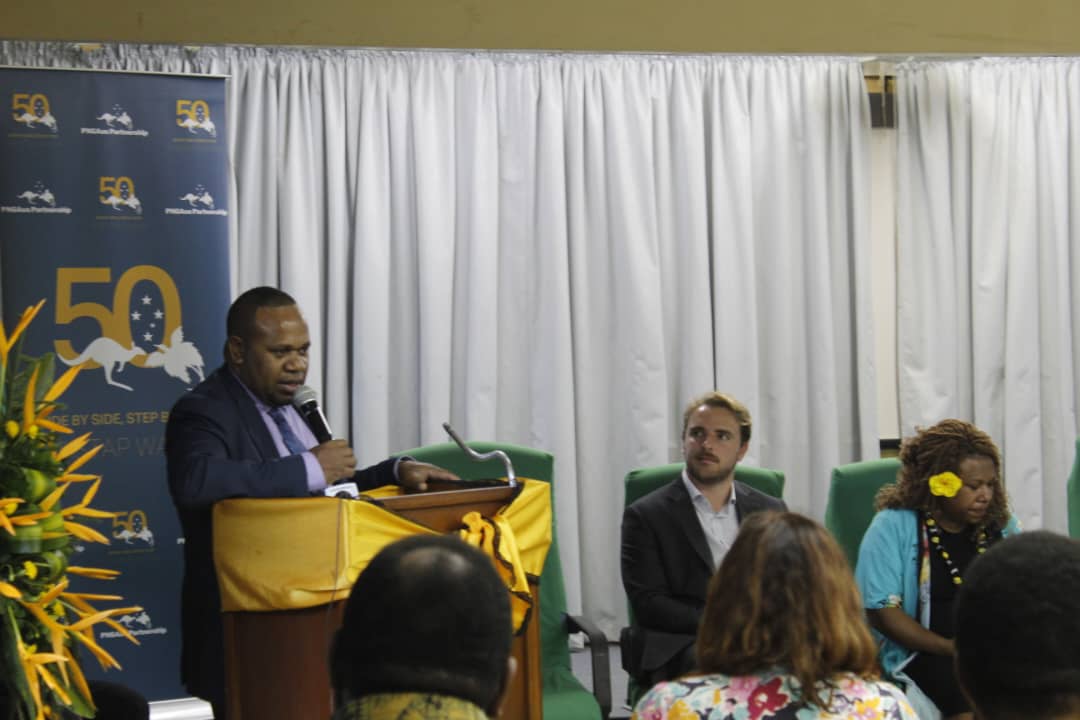
.jpeg)
.jpeg)
